VISUAL ART: Out of the Gallery and Into Everyday Life
Artist and writer Ann Klefstad talks with Terrence Payne and John Alspach, the artists behind Broad Cast, a floating exhibition program using new, unoccupied properties as gallery spaces.
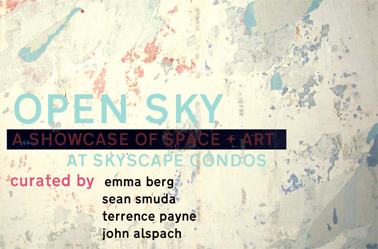
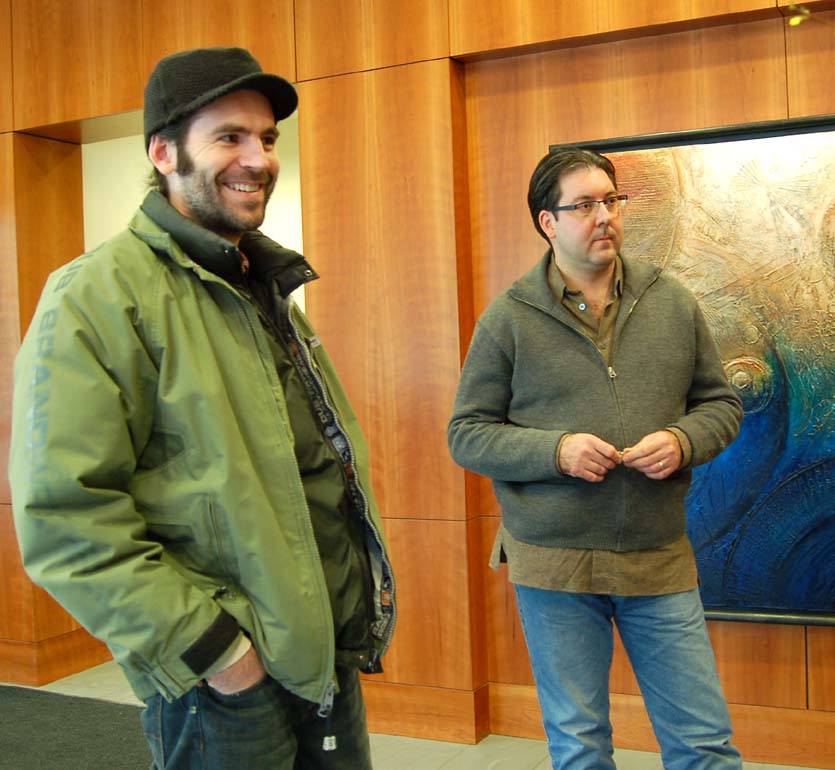
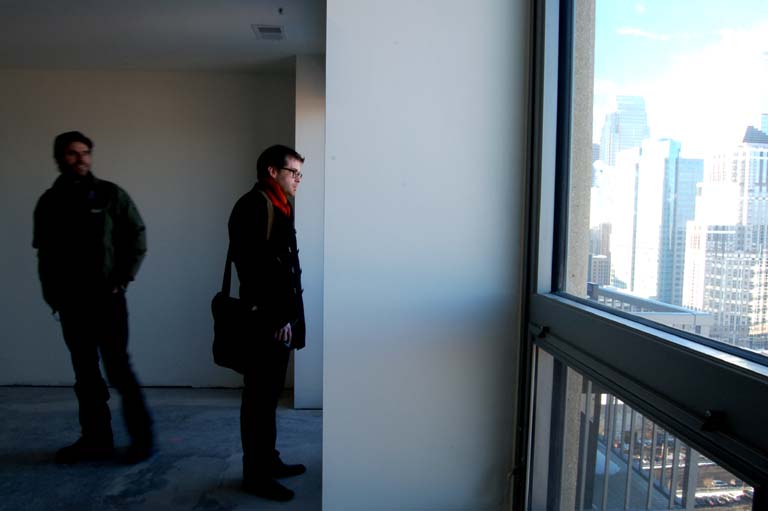
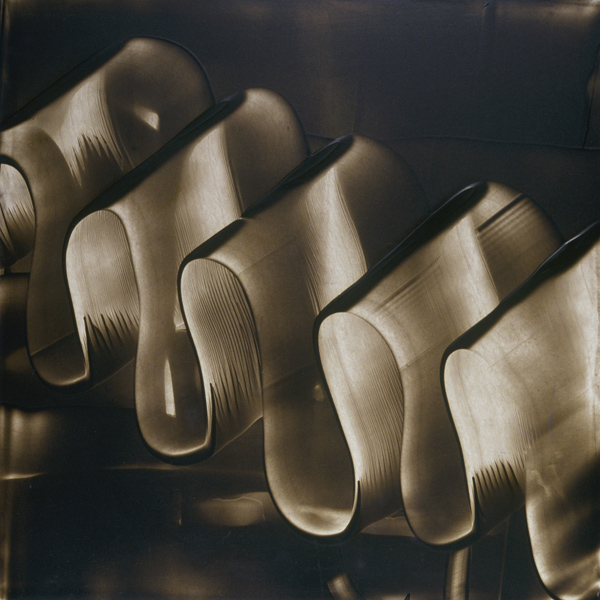
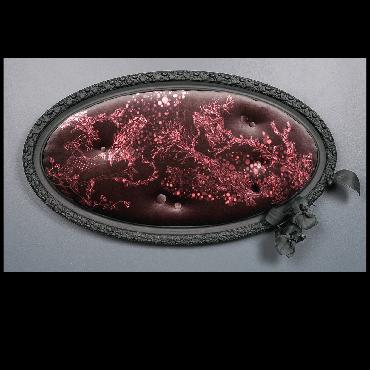
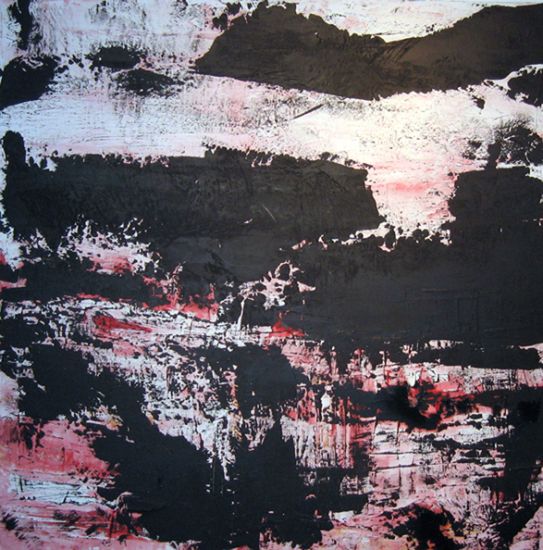
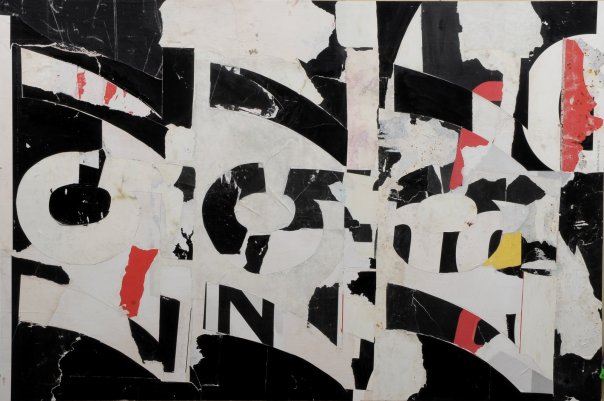
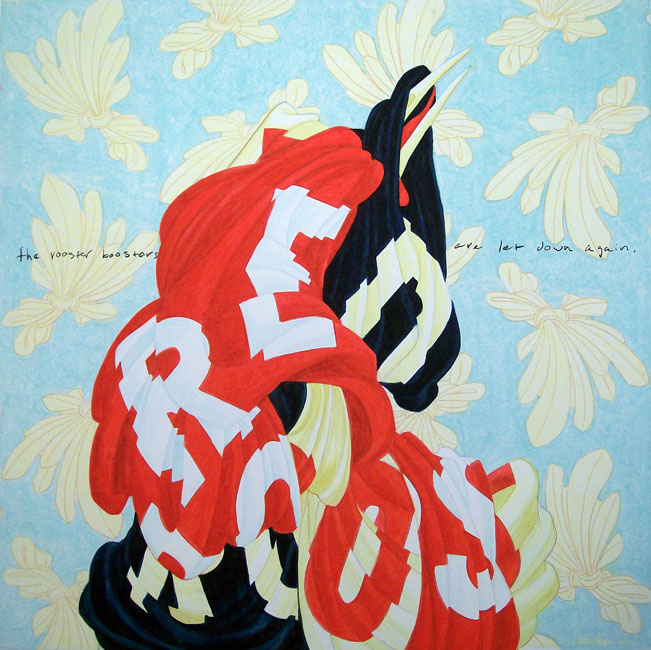
JOHN ALSPACH’S GOT THE CRAZY BRIGHT EYES that say artist-with-a-plan. In the lobby of the new Skyscape condo building at 929 Portland he’s meeting his co-conspirator, Terrence Payne (former director of Rosalux Gallery) and the realtor who handles the building, David Abele. They’re part of Broad Cast, a floating exhibition program that uses new unoccupied space as galleries.
What’s up? John and Terry have organized a show with four curators and two dozen artists that’ll go down for two days only in the vacant, raw penthouse spaces on the 26th floor of the new building. The party for tenants of the place is February 11; the rest of us can come and see the lights of the city from someone’s soon-to-be bedroom or living room from 6-8 pm on February 12.
Otto and Olive Beirenga will dance and every room in the four penthouses will sport artwork, from the curators’ own (John Alspach, Terry Payne, Sean Smuda, and Emma Berg of mplsart.com) to the “pods” (says Terry—like whales, right?) of their 20 artist friends.
It’s an idea, linking (hard-pressed nowadays) real-estate firms with (hard-pressed always) artists. Alspach got into it about four years ago, when a real-estate manager for Park Avenue Lofts advertised for one artwork to adorn her lobby. Alspach showed up with a bunch, and the idea of using the public areas of new buildings as gallery space was born. Tenants could get to know the art and the artist, and maybe buy some of the work for their own places, and the building gained the vibrancy of real art, not art-by-the-foot or sofa-sized paintings that match the decor.
Eventually a number of buildings associated with the Downtown Resource Group wanted art, and when Alspach ran out of his own work after installing over 80 pieces, he began bringing in that of his friends.
Talking about this shift, Alspach notes that years ago he was an antisocial artist, “with a long wispy goatee that curled up, a regular hermit guy.” Payne confirms this, and they both laugh about how the art-property collision has changed them. “People are people,” remarks Alspach. Payne follows: “This is a good way to introduce people to art. They don’t have assumptions, and they can come to know the artists as well as the art this way, without the usual barriers.”
This show—called Open Sky—is the first big group show with associated party-type opening that the loose consortium has done. They’re looking forward to seeing the lights of the city shining through clear winter air, from a perch on the twenty-sixth floor. Art glowing on the walls; the dancers of the Body Cartography Project moving through the spaces; food and drink warming up the participants—it all seems like a great idea to our trio.
The raw space of the uninhabited penthouses was the draw for Alspach and Payne. Payne remarks on how the art can be seen to best advantage without furniture to peer over and around, and when we head up to the penthouses from the lobby, the difference is jolting: raw concrete splattered with paint, unpainted sheetrock, smears of plaster, all reminiscent of the spaces where the work was made. It’s loft-land.
This initiative resembles (sort of) what George Maciunas, the venerable founder of Fluxus, pioneered in the fifties in New York. We think of Maciunas now as the madcap Lithuanian, the founder of an art movement that meant to bring art into everyday life, to give it humor and return it to the realm of gratuitous creativity. But Maciunas was also the first artist-developer of SoHo, and his real-estate dealings laid the groundwork for the powerful synergy of artists and real-estate traders that created the whole idea of the residential loft, and almost incidentally the immense wealth that that stretch of streetscape now represents.
Okay, so the Skyscape condos are a whole lot more middle-class than 1950s industrial lofts. But the idea that art is not some kind of sacred space, but actually a real part of the machine of American commercial culture, is interesting one to revisit.
About the author: After being a lot of things, Ann Klefstad is once again, in Duluth, simply herself.
What: Open Sky by Broad Cast exhibitions
Where/When: The public is invited to come, between 6-8 pm, to 929 Portland Ave. S. in Minneapolis
Details: See the event’s Facebook listing for more information.